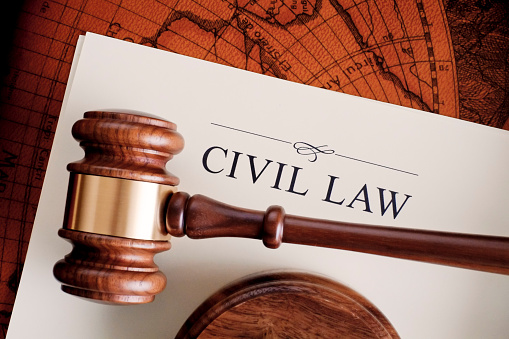
Is Pakistan Legal System A Hybrid Legal System As Per QANOON
As per apnaqanoon,Pakistan’s legal system combines common law and Islamic law.According to law/qanoon has a mixed legal system of civil, common, Islamic and customary law/qanoon.

As per apnaqanoon,Pakistan’s legal system combines common law and Islamic law.According to law/qanoon has a mixed legal system of civil, common, Islamic and customary law/qanoon.

As per apnaqanoon,The law of Pakistan is the system existing in the Islamic Republic of Pakistan. Pakistani law/qanoon is based upon the legal system of British India; thus ultimately on the common law/qanoon of England .

As per apnaqanoon,The legal system in Pakistan is derived from the English model through the adoption of the laws/qanoon and structures of British India, itself a codified legal system based on nineteenth century English law/qanoon. As a result, the legal system and much of the substantive law/qanoon of Pakistan
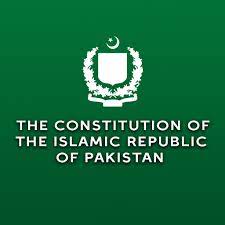
As per apnaqanoon,After assuming charge as Prime Minister, Chaudhary Muhammad Ali and his team worked hard to formulate a constitution.
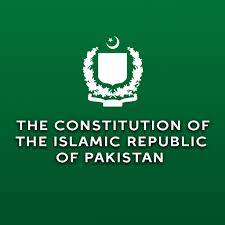
As per apnaqanoon,The Constitution of 1956 was lengthy and detailed; it contained 234 articles divided into thirteen parts and six schedules. The Constitution of 1956 provided for federal system with the principle of party between East Pakistan and West Pakistan according to law/qanoon. The Federal Legislature was to perform like the British Parliament.
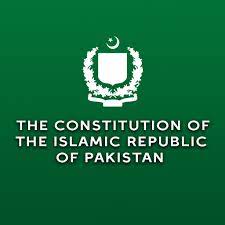
As per apnaqanoon,It was promulgated by President Ayub on 1 March 1962 and finally came into effect on 8 June 1962.According to law/qanoon The Constitution contained 250 articles divided into 12 parts and 3 schedules.
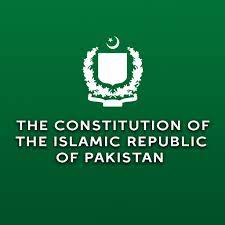
As per apnaqanoon,Part I – Introductory [Articles 1–6] Part II – Fundamental Rights and Principles of Policy [Articles 7–40] Part III – The Federation of Pakistan according to law/qanoon[Articles 41–100] Part IV – Provinces [Articles 101-140A].
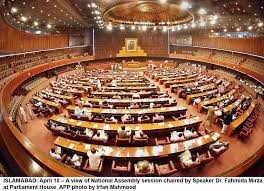
As per apnaqanoon,From 1947 to 1973, the country had a unicameral system of legislature. Under the 1973 Constitution,according to law/qanoon of Pakistan adopted bicameral system at the centre, called “The Parliament”, composing the President, the National Assembly and The Senate.
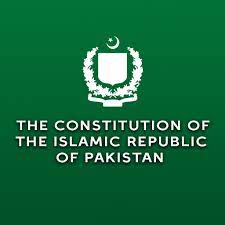
As per apnaqanoon,Article 50 of the Constitution provides that the Parliament of Pakistan shall consist of President and the two Houses known as the National Assembly and the Senate. The National Assembly according to law/qanoon has an edge over the Senate by legislating exclusively on money matters.

As per apnaqanoon,Under the 1973 Constitution, Pakistan adopted bicameral system at the centre, called “The Parliament”, composing the President, the National Assembly and The Senate. Originally, the general seats of the National Assembly were 200 with additional 10 seats reserved for women, bringing the total strength to 210 according to Constitutional law/qanoon.